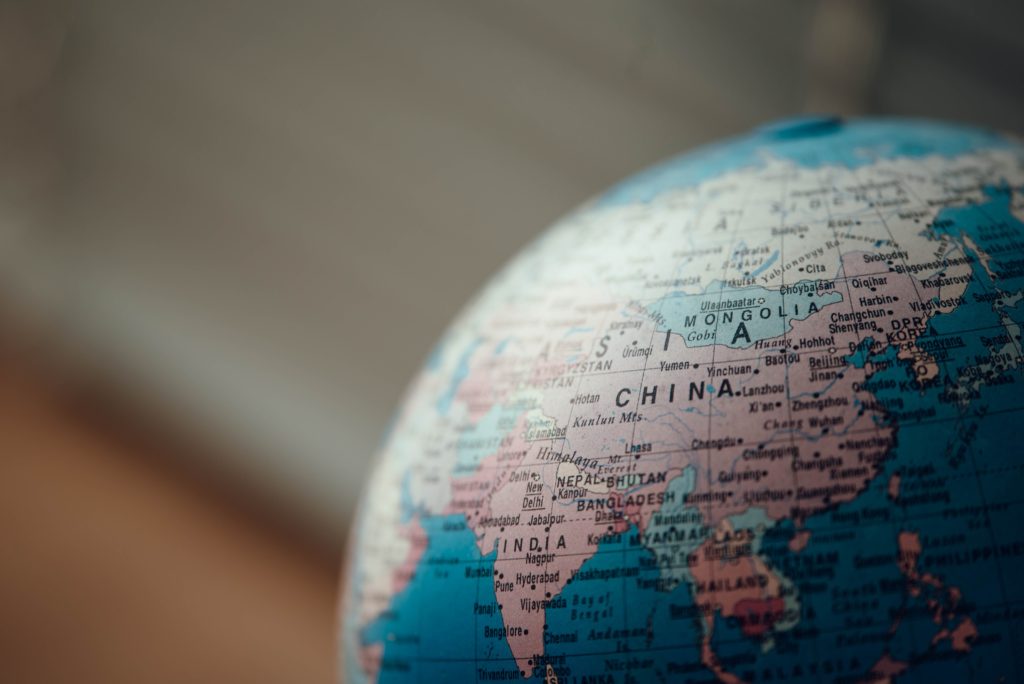Chinese and American Exports See Decrease in Duty Rates
As part of a Phase One Economic and Trade Agreement between the United States and China, signed on January 15, 2020, both countries have halved tariffs on many imported goods. The relevant duty reductions were applied on February 14, 2020.
China’s reductions will affect only the extra tariffs put in place on American imports last September. Tariffs on U.S. crude oil will drop from 5% to 2.5%, while total duties on soybeans are reduced from 30% to 27.5%. In total, this will affect roughly $75 billion of exports from the United States. China’s Ministry of Finance announced the reduction and stated it was designed to “advance the healthy and stable development of China-U.S. trade.”
will affect only the extra tariffs put in place on American imports last September. Tariffs on U.S. crude oil will drop from 5% to 2.5%, while total duties on soybeans are reduced from 30% to 27.5%. In total, this will affect roughly $75 billion of exports from the United States. China’s Ministry of Finance announced the reduction and stated it was designed to “advance the healthy and stable development of China-U.S. trade.”
Similarly, a White House spokesman stated the China trade deal “protects American innovation and creates a level playing field for our great farmers, ranchers, manufacturers, and entrepreneurs.” As of February 14, the U.S. has cut duty rates from 15% to 7.5% for a wide variety of goods, including any imports which fall under List 4A. These Chinese imports account for about $120 billion of goods. For List 4B, planned additional duties of 15% have been suspended. However, an additional $250 billion of goods will retain a 25% tariff, including Lists 1, 2, and 3.
For updated duty rates for all lists, see STR Trade’s compilation.
Effects of the China Trade Deal
International trade relationships with China have also been recently affected by COVID-19, which has shut down factories, seriously reduced the efficiency of ports and delayed supply chains across Asia. Former Macy’s CEO Terry Lundgren has stated that the combined effects of coronavirus and the Chinese trade war have revealed the retail supply chain’s potentially detrimental reliance on China. Similarly, American technology companies including Apple and Google are looking to reduce their reliance on China’s production. Supporters of the administration’s efforts agree that the trade war was a necessary step in forcing a shift away from dependence on Chinese production.
Most business leaders, including executives from Goldman Sachs Group Inc., Intel Corp., and Boeing Co., are in favor of the new trade agreement, though they hope these negotiations will continue.
In contrast, the deal has been criticized as being harmful to privately-owned businesses in China who can’t afford the more expensive American imports, allowing state-owned enterprises more market power. Additionally, as the agreement requires China to purchase $200 billion of American goods within two years, government-subsidized SOEs are likely to increase their share of imports. Critics of the China trade deal say this is counterintuitive to the Trump administration’s focus on reducing SOE’s influence over the economy. Trump trade advisor Peter Navarro has stated that these state-owned enterprises will be the target of “phase two” trade talks.
Stay Up-to-Date with Tariff Changes
SIShips makes it easier to keep track of international trade shifts and how they might affect your shipments.

